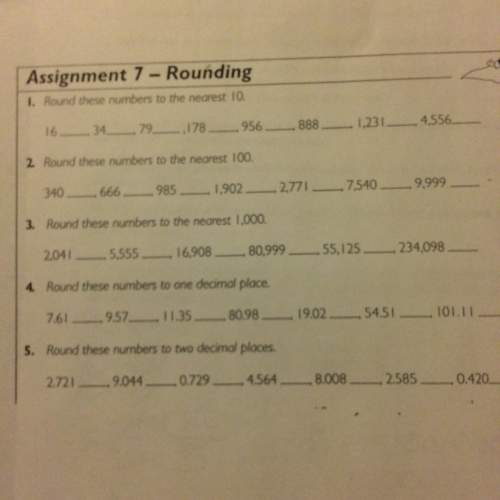
Mathematics, 15.12.2020 22:40 rileigh2302
The figure below shows a quadrilateral ABCD. Sides AB and DC are equal and parallel:
A quadrilateral ABCD is shown with the opposite sides AB and DC shown parallel and equal.
A student wrote the following sentences to prove that quadrilateral ABCD is a parallelogram:
Side AB is parallel to side DC, so the alternate interior angles, angle ABD and angle CDB, are congruent. Side AB is equal to side DC, and DB is the side common to triangles ABD and CDB. Therefore, the triangles ABD and CDB are congruent by SAS postulate. By CPCTC, angles DBC and BDA are congruent and sides AD and BC are congruent. Angle DBC and angle BDA form a pair of vertical angles that are congruent. Therefore, AD is parallel and equal to BC. Quadrilateral ABCD is a parallelogram because its opposite sides are equal and parallel.
Which statement best describes a flaw in the student's proof?
Triangles ABD and BCD are congruent by the SSS postulate instead of the SAS postulate.
Triangles ABD and BCD are congruent by the AAS postulate instead of the SAS postulate.
Angle DBC and angle BDA form a pair of corresponding angles, not a pair of vertical angles.
Angle DBC and angle BDA form a pair of alternate interior angles that are congruent, not a pair of vertical angles.

Answers: 3


Another question on Mathematics

Mathematics, 21.06.2019 16:00
If the measure of angle 1 is 110 degrees and the measure of angle 3 is (2 x+10 degree), what is the value of x?
Answers: 2

Mathematics, 21.06.2019 16:00
On saturday morning, calls arrive at ticketmaster at a rate of 108 calls per hour. what is the probability of fewer than three calls in a randomly chosen minute?
Answers: 1

Mathematics, 21.06.2019 17:20
Which of these equations, when solved, gives a different value of x than the other three? a9.1 = -0.2x + 10 b10 = 9.1 + 0.2x c10 – 0.2x = 9.1 d9.1 – 10 = 0.2x
Answers: 1

Mathematics, 21.06.2019 21:40
Atransformation t : (x,y) (x-5,y +3) the image of a(2,-1) is
Answers: 1
You know the right answer?
The figure below shows a quadrilateral ABCD. Sides AB and DC are equal and parallel:
A quadrilatera...
Questions




English, 29.06.2019 19:30


History, 29.06.2019 19:30

Social Studies, 29.06.2019 19:30







History, 29.06.2019 19:30




Mathematics, 29.06.2019 19:30

Mathematics, 29.06.2019 19:30




